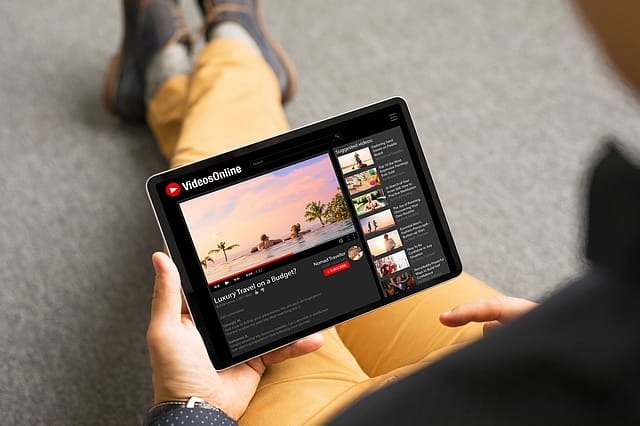From Raw Footage to Speech-Song: How YouTube Is Betting Everything on AI
YouTube’s AI Push: Rewriting the Rules for Creators
At its “Made on YouTube” event, the platform laid out an ambitious vision for the future: more AI, more power to creators, and more tools to blur the line between creator and media company. CEO Neal Mohan made it clear in YouTube’s future, creators won’t be replaced by AI, but empowered by it.
That matters. YouTube now has ~2.7 billion users globally. It’s surpassed Disney in U.S. viewership. And it’s expected to pull ahead of Disney in media revenue this year.
What’s New — The Tools That Actually Change Things
YouTube revealed over 30 feature updates, most with AI baked in. Some of the standouts:
-
Edit with AI: Turn raw clips into a first draft video, with transitions, highlights, and music. Makes editing less of a slog.
-
Speech to Song: Converts dialogue into a song soundtrack for Shorts. Yes, your voice can become music.
-
Auto-video for podcasts: Audio-only shows can now get accompanying visuals automatically. Useful for small creators who want wider platform reach.
-
Shopping & Product Tagging Embedded: Videos, especially Shorts, can embed shopping links; AI helps tag products mentioned. Advertising and monetization are more built in.
-
Studio Upgrades: A/B testing of titles, collaboration tools, enhanced tools for likeness detection of creator’s face used elsewhere. More control.
YouTube isn’t just tossing out fancy toys. It’s positioning itself as where the creator economy lives. Over the past four years, it’s paid creators over $100 billion. That’s not pocket change.
As live content and Shorts grow, creators are under pressure to produce more, faster. These AI tools promise to reduce friction. (“Editing used to take days; now, you might have a first cut in hours or less,” said one creator backstage at the event. )
At the same time, control remains a major talking point. Features like likeness detection and watermarking of AI content aim to keep creators safe from misuse.
Taking the Long View
There are risks, of course. Quality could suffer if tools are misused. Creators might feel pushed toward shortcuts. Monetization models that rely too heavily on branding or embedded shopping might shift creative goals toward what converts, not what resonates.
Still, YouTube seems mindful. Mohan’s message: AI isn’t the boss; it’s the assistant. The platform wants creators to grow, earn, and stay true to their voice. That’s what makes this more than just a product rollout — it’s a bet on reshaping how we make, share, and pay for content.
If you’re a creator or someone who watches creators, this matters: YouTube is trying to be more helpful. More creative. More profitable for you.
YouTube’s latest moves feel less like incremental upgrades and more like laying down the foundation for its next 20 years. Whether it truly becomes the place where creators can forge long, sustainable careers (without burning out) depends on how these tools are adopted and how wisely they’re used. But make no mistake: AI isn’t the future. It’s the now.
Subscribe to my whatsapp channel

